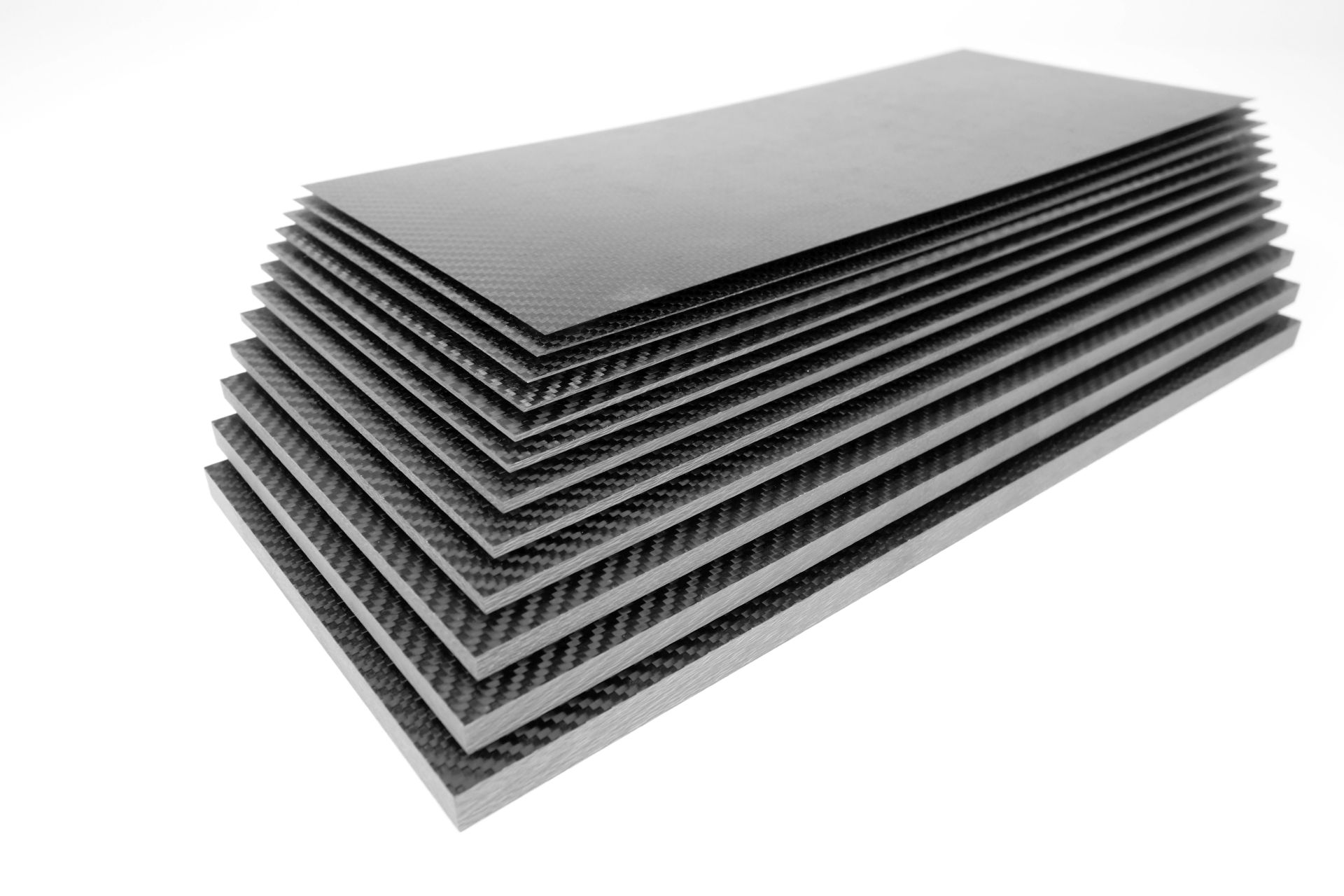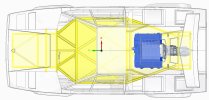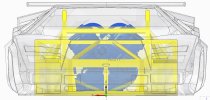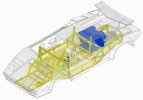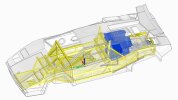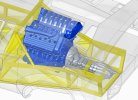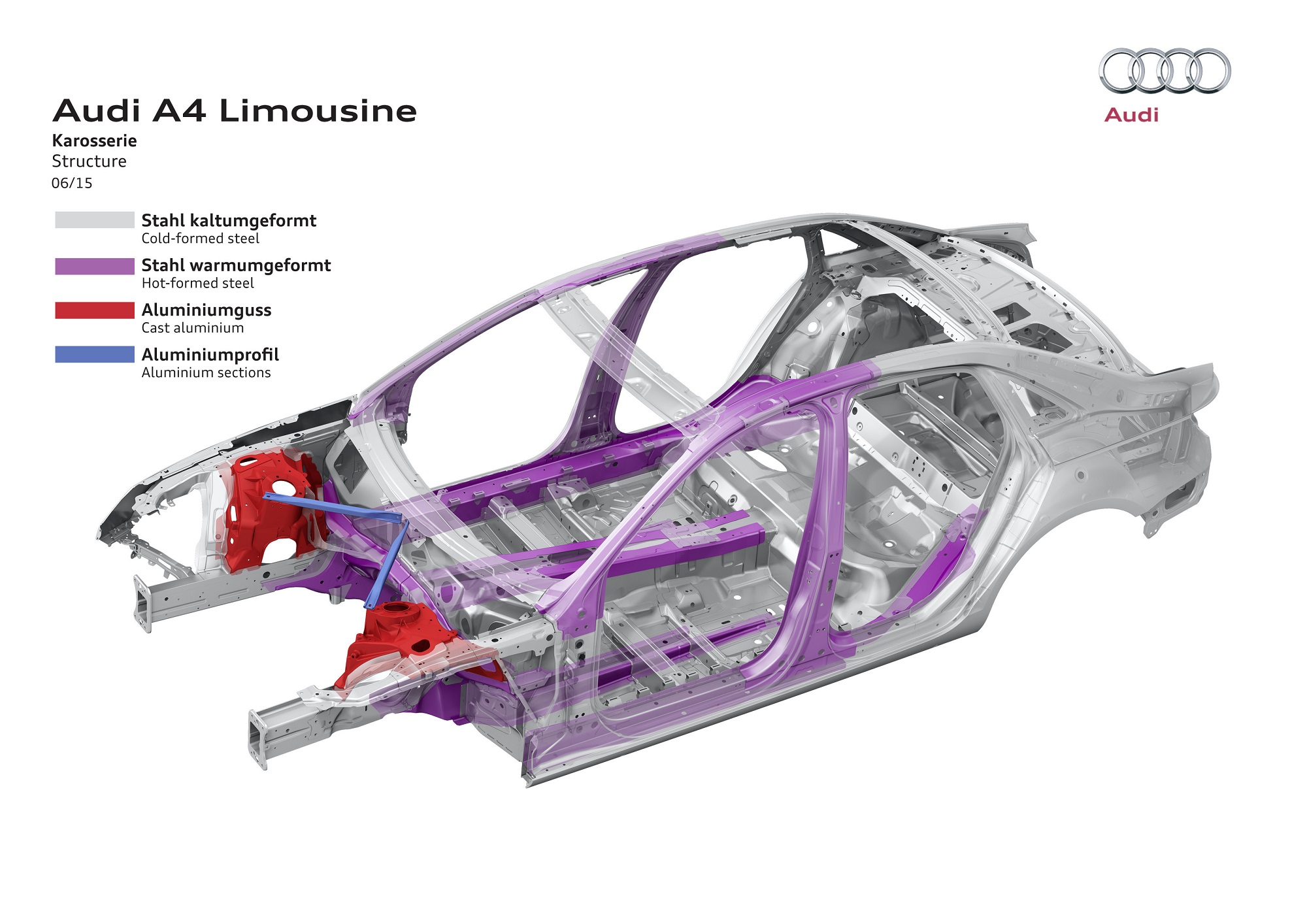Neil
Supporter
Regulations usually only concern safety. While that chassis may be perfectly fine as-is on the street, adding a stressed panel across the bottom would significantly increase its torsional stiffness. in fact, TUEV noted that "...they complain that the torsional stiffness in the rear is very low..". There you are. QED.wh
What do you mean? Can you explain?
These chassis were road legal back in the 80ies in Germany... They were built by a company named "Lorico". I have the TUEV (traffic authority) documents here, they complain that the torsional stiffness in the rear is very low but that did not render the frame / car invalid and these passed all dynamics tests back in the day.

